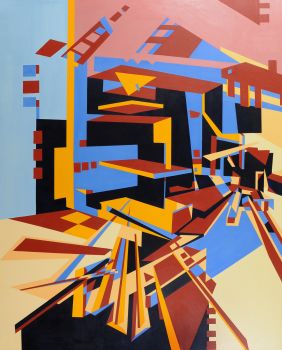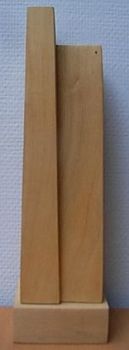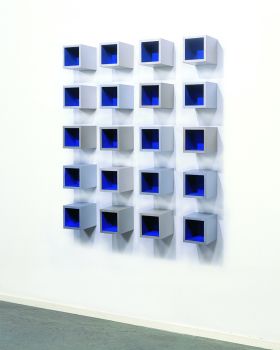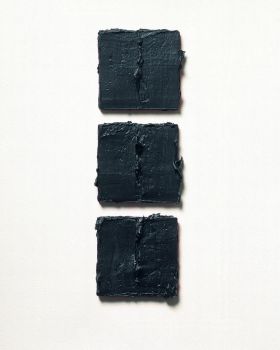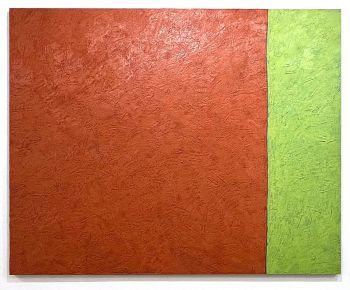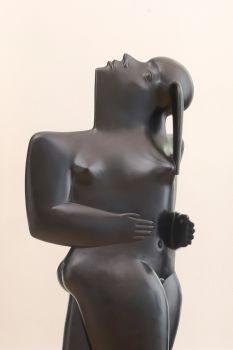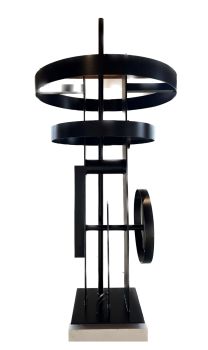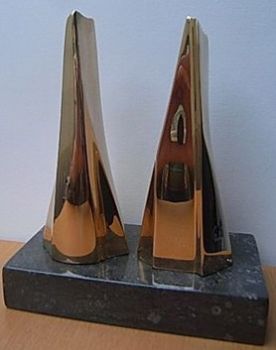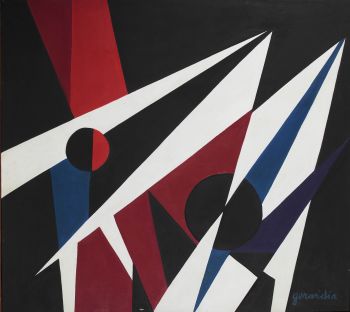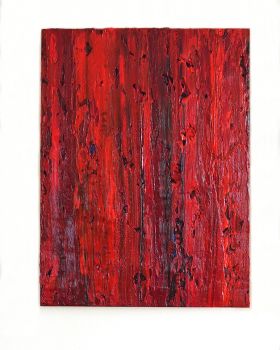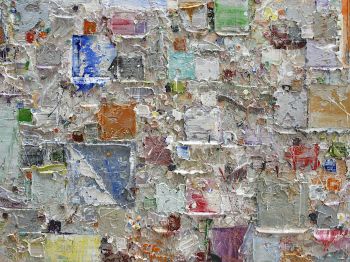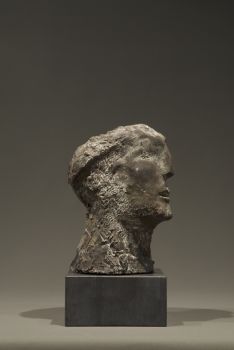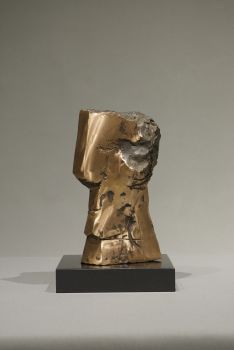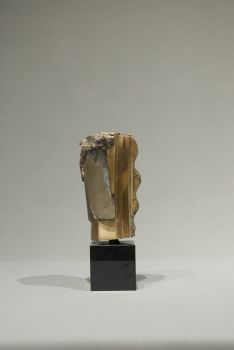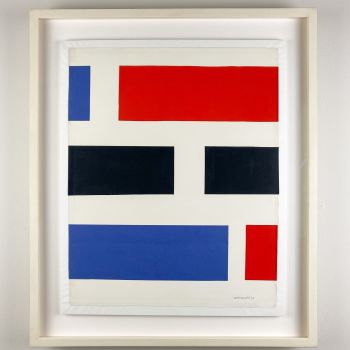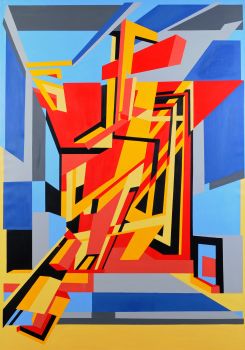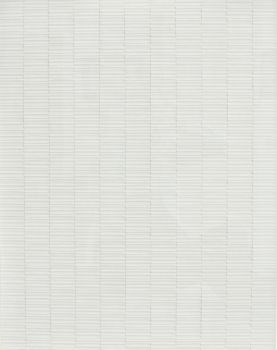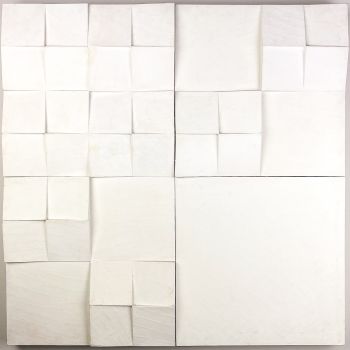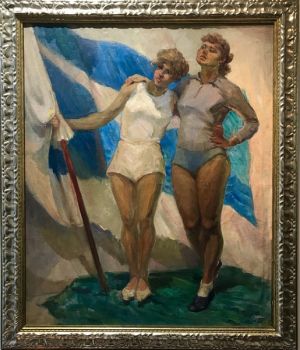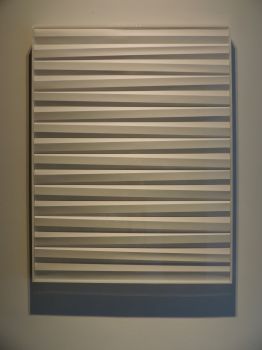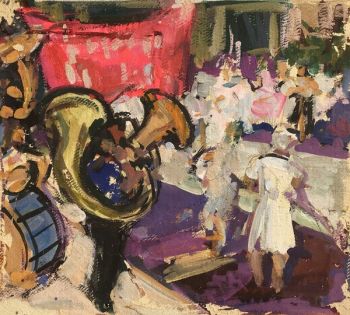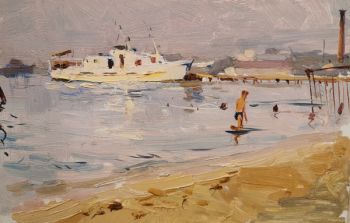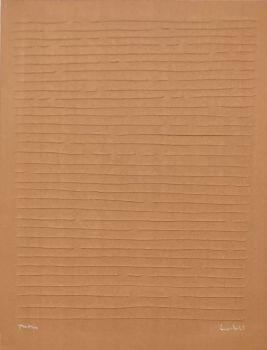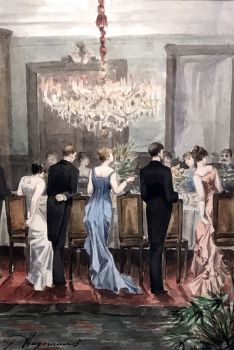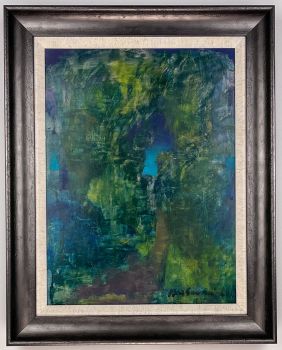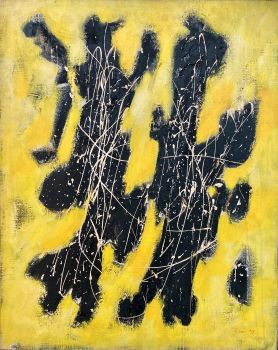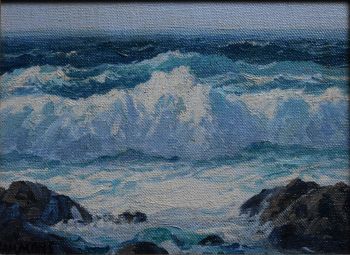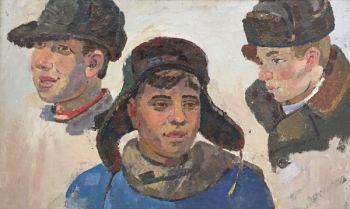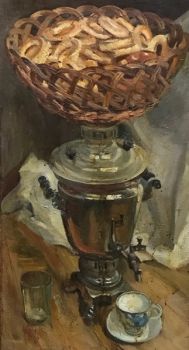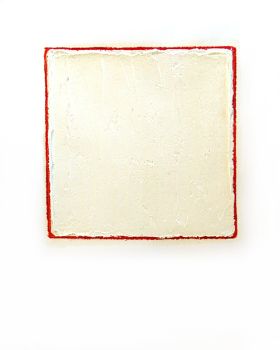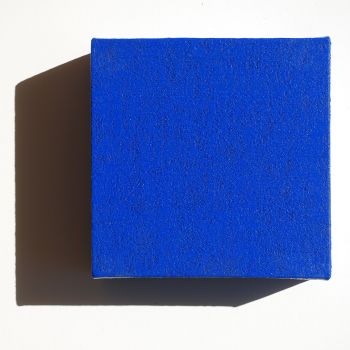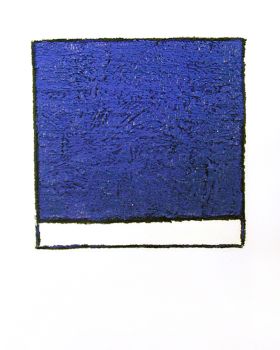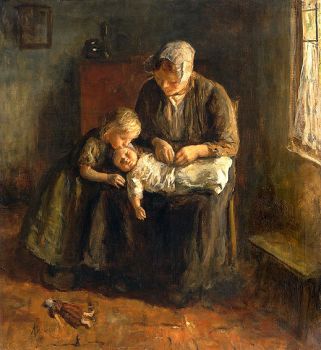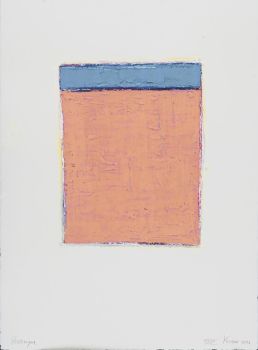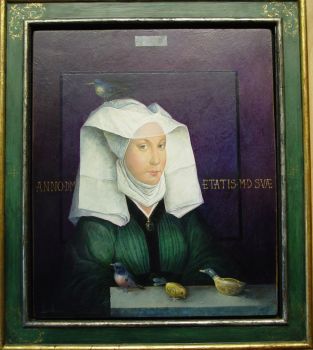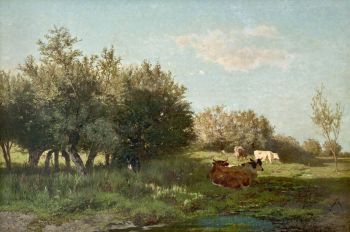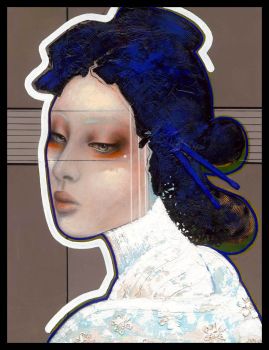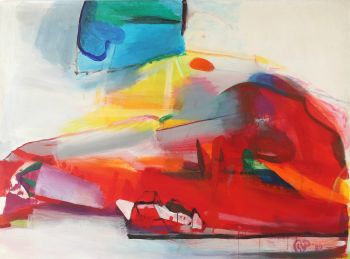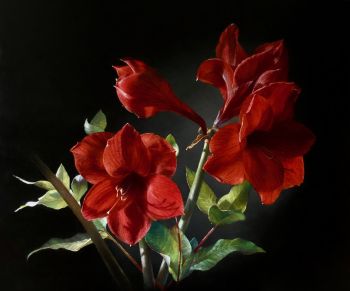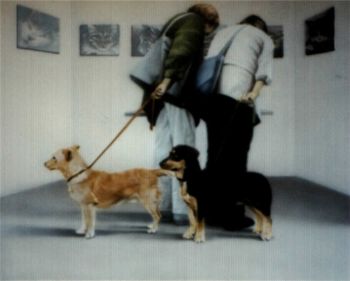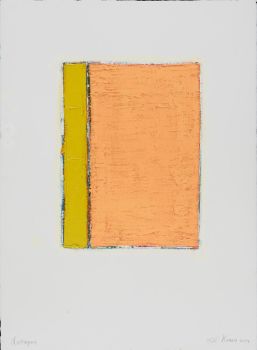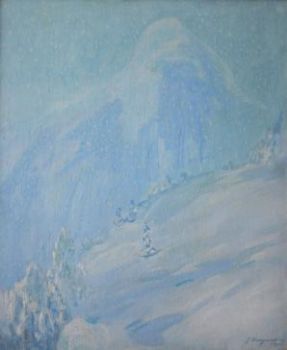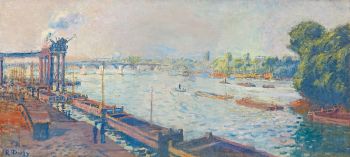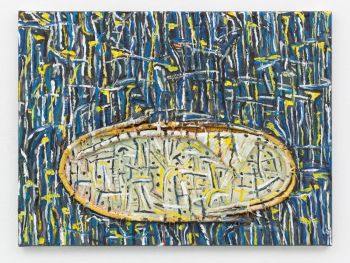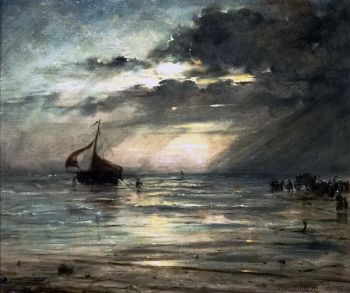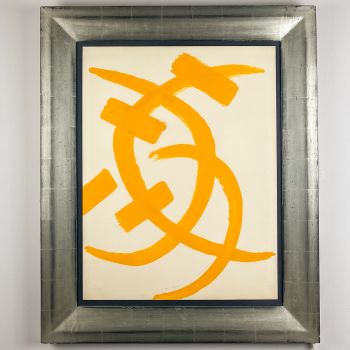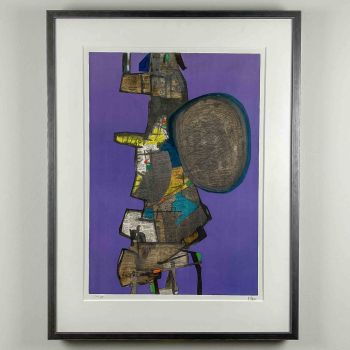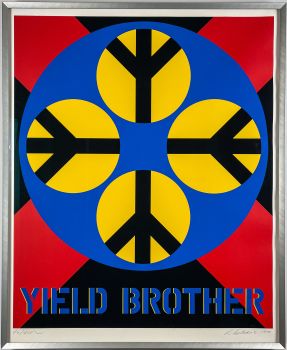Pieter de Haard – “Compositie XIV” (Variation Pentagram) 1978/1988 – oil and yarn on board 1978 - 1988
Pieter de Haard
LienzoPintura de aceitePintura
71 ⨯ 70 ⨯ 2 cm
ConditionVery good
€ 4.500
Van Kerkhoff Art
- Sobre la obra de arteA unique oil and yarn painting on board. Painted in 1978 and revised in 1988.
Signature and title on the reverse.
About Pieter de Haard
Pieter de Haard (Rotterdam 1914 – Rotterdam 2000) was a Dutch painter and illustrator, most known for his geometric abstract oeuvre he created from the 1940’s onward.
As a young boy, Pieter grew an interest in art and started visiting exhibitions in the Boijmans van Beuningen Museum in his hometown, Rotterdam. The museum director Dirk Hannema noticed the young visitor and advised the boy to go to the Kunstnijverheids School, the predecessor of the Art Academy.
In 1931/1932 PdH went to Münich where he studied Philosophy and Mathematics. When he returned to Rotterdam, he continued to paint. In the pastels De Haard painted during World War II he continued researching into the representation of spatial dynamics until he finally settled for mathematics, its natural ratios and the Golden Section in particular.
The oeuvre from his mathematical period which started in 1946 when after he returned to Rotterdam constituted the height of his career, was gradually stripped bare of colour and the compositions became ever more straightforward.
From the later ’40s to mid-’50s, Pieter de Haard was (partly) living in Paris, where he created an oeuvre partially based on musical rhythms. While in Paris Pieter de Haard worked for an American impresario of theatre shows for whom he painted decors. That American liked his work and introduced De Haard to gallerists, art dealers and American collectors.
Pieter de Haard returned to Rotterdam in the 1950’s and got married. Times were difficult for him in the next two decades and he got a job as an art-teacher by the Social Department of the city of Rotterdam.
Since the 1970s, interest in Pieter de Haard’s work has been growing, as evidenced by the exhibitions organised of his work since then.
Signed
Verso signed and dated; Pieter de Haard, 1978 / 1988
Condition
Good original condition, original aluminium frame
Provenance
Inheritance family De Haard
Dimensions
Artwork
Height 71 cm
Width 70 cm
Frame
Height 71,5 cm
Width 70,8 cm
Depth 2,5 cm - Sobre el artista
Durante sus años de escuela secundaria solía pasar sus horas libres en el Museo Boymans. En su último año escolar compaginó esto con clases nocturnas en la Academia de Artes Visuales de Rotterdam. Recibió su formación técnica en pintura en Munich, tras lo cual se ganó la vida durante un tiempo como restaurador. Inicialmente trabajó en sentido figurado; A partir de finales de la década de 1930 empezó a experimentar con la abstracción.
Durante los años de la guerra leyó a Spinoza, Kant y Goethe. Spinoza y Kant fueron importantes para el desarrollo de sus ideas sobre el espacio y el infinito, mientras que Goethe le fascinó especialmente con su teoría del color. De Haard también profundizó en las ideas y el trabajo de los artistas de De Stijl, donde le atrajo especialmente la dinámica de Van Doesburg. Sintió una fuerte relación entre el arte visual y la música y vio esta relación exclusivamente en términos de colores reales versus tonales y timbres. En su pintura varió el brillo y la saturación de los colores.
Ya durante la Segunda Guerra Mundial creó sus primeras obras abstractas geométricas: figuras geométricas, basadas en sistemas de medición milenarios, siendo la proporción áurea su favorita. Una recta se divide de tal forma que la parte más corta sea igual al doble de la parte más larga. Las relaciones resultantes siempre parecen armoniosas.
La obra de De Haard tiene un carácter cósmico y destaca por sus apasionantes combinaciones de colores.
¿Está interesado en comprar esta obra de arte?
Artwork details
Related artworks
- 1 - 4 / 24
 curada por
curada porGallerease Magazine
1 - 4 / 24Rene Rietmeyer
"PORTRAIT OF JOSEPH KOSUTH MAY 1999"1999
Precio a consultarEuropean Cultural Centre Collection
Rene Rietmeyer
"Portrait of Lawrence Weiner, May 1999"1999
Precio a consultarEuropean Cultural Centre Collection
Gerard Bilders
The 'Uiterwaarden' at Oosterbeek (flood plains)1861
Precio a consultarStudio 2000 Art Gallery
1 - 4 / 24- 1 - 4 / 12







